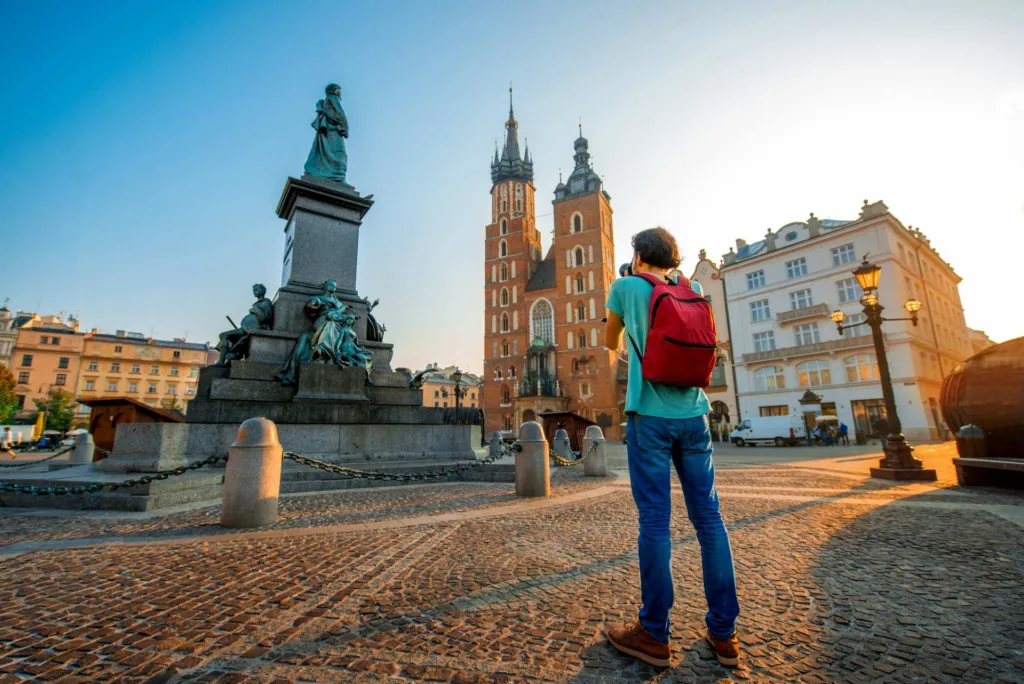Europe is one of the most diverse and rewarding regions in the world to explore. With just a short flight or train ride, you can move from the rugged coastlines of the UK to the sunny vineyards of France, from the fairytale towns of Germany to the vibrant plazas of Spain and the historic piazzas of Italy. Each country offers something unique, whether it’s the language, the food, the culture, or the pace of life.
If you’re planning a multi-country European adventure, a little preparation goes a long way. From practical logistics to personal wellbeing, here are five essential tips to help you travel smoothly through the UK, France, Germany, Italy, and Spain.
1. Understand Local Transport Systems
Getting around Europe is relatively easy, especially with the help of high-speed trains, regional buses, and budget airlines. In the UK, trains connect major cities and scenic countryside routes, but can be expensive unless booked in advance. France’s TGV system is fast and efficient, while Germany’s Deutsche Bahn trains are known for their punctuality and comfort. In Italy, regional trains connect most towns and cities, while Spain’s Renfe AVE network offers excellent high-speed service between major hubs.
To save time and money, look into multi-country rail passes like the Eurail or Interrail passes, depending on where you’re from. Apps like Omio, Trainline, and Rome2Rio are helpful for comparing routes and booking tickets across different countries.
2. Learn a Few Key Phrases
You don’t need to be fluent in five different languages to enjoy your trip, but learning a few basics can go a long way. A friendly greeting or a polite thank-you in the local language often earns a warm response and can help you navigate small, non-touristy areas more easily.
In France, even just starting a conversation with “Bonjour” can open doors. In Italy, a cheerful “Buongiorno” or “Grazie” is always appreciated. Spanish locals respond well to a little effort, and even in Germany, where many speak excellent English, trying a “Guten Tag” shows courtesy.
Having Google Translate on your phone or carrying a small phrasebook can be a lifesaver in quieter towns and rural areas.
3. Prioritise Your Health, Including Dental Care
Travelling can sometimes lead to unexpected health issues, and dental problems are no exception. Whether it’s a sudden toothache, a lost filling, or sensitivity from unfamiliar foods, oral discomfort is the last thing you want interrupting your trip.
Before you leave, have a general dental check-up to ensure everything is in good condition. If you’re currently in the UK, particularly in the north of England, it’s wise to know where to find an emergency dentist should something arise mid-journey. Even a minor dental issue can escalate quickly if left untreated, especially when travelling in countries where access to dental care may vary or language barriers exist.
It’s a good idea to travel with some dental essentials too, like a small dental kit, pain relief, and any mouthguards or aligners you use regularly. And of course, stick to your daily brushing and flossing routine, no matter how tempting that late-night gelato in Rome or extra glass of Rioja in Madrid might be.
4. Adapt to Different Meal Times and Customs
One of the joys of European travel is the food, but every country has its own schedule and culture around meals. In Spain, dinner often starts after 9 pm and is a social, lingering affair. In Italy, lunch is a big deal and usually eaten around 1 or 2 pm. Germans tend to eat earlier in the evening, while the French are known for their long lunches and late dinners. The UK, on the other hand, often serves dinner between 6 and 8 pm.
Understanding these differences helps you plan your days better and avoid empty restaurants or closed kitchens. It also makes the experience more immersive, as you dine when and how the locals do.
Try the regional specialities wherever you go. Fish and chips in the UK, coq au vin in France, bratwurst in Germany, fresh pasta in Italy, and tapas in Spain all offer a true taste of local culture.
5. Pack Versatile Clothing for Multiple Climates
When travelling across five different countries, you’ll likely encounter a mix of weather and dress codes. The UK might bring drizzle and cooler temps, while southern Spain or coastal Italy could still be basking in late-season sunshine. City breaks in Paris or Milan may call for something a little more polished, while rural regions might require sturdy walking shoes.
Layering is your best strategy. Lightweight jackets, comfortable trousers, and breathable tops can be combined in different ways to suit both the weather and the vibe of your destination. Don’t forget to include something dressy for evening meals or special outings, but keep it functional and easy to pack.
Comfortable footwear is essential, especially for cobbled streets, castle climbs, or long museum days. And always leave a little room in your suitcase – you’ll thank yourself when you inevitably pick up something along the way.
Final Thoughts
Travelling across the UK, France, Germany, Italy, and Spain is one of life’s great adventures. With some smart planning and an open mind, you’ll experience the beauty, variety, and charm of five remarkable cultures.
Remember to take care of your health, stay flexible, and give yourself the space to enjoy both the iconic sights and the unexpected moments. From sipping wine in Provence to exploring ancient ruins in Rome, Europe has a way of surprising and delighting at every turn.
And above all, make sure you’re smiling through it all – ideally with healthy, happy teeth ready for every photo, meal, and memory.




